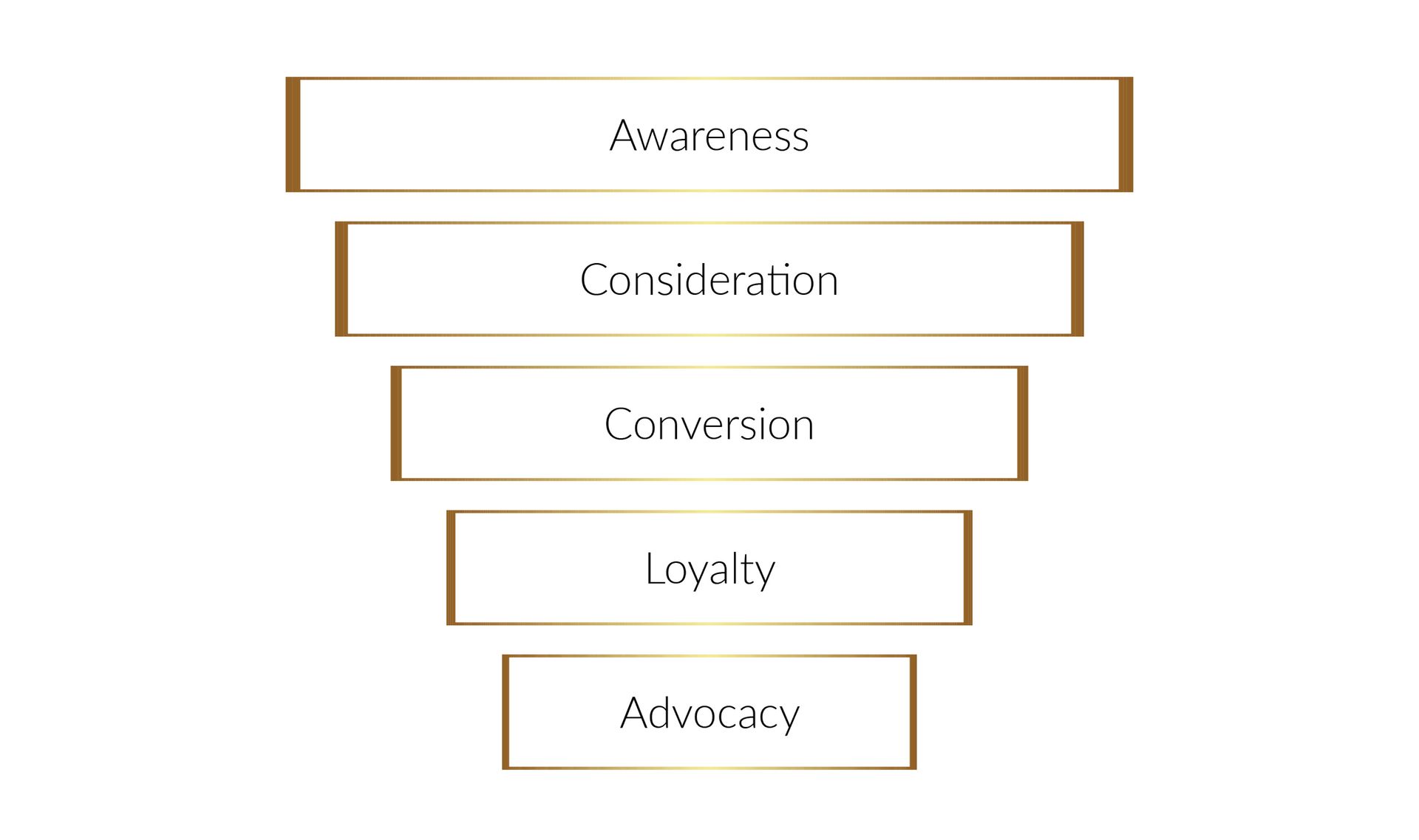Strategies for Effective Talent Management in HR Strategy
The Importance of Identifying, Attracting, Developing, Retaining, and Engaging Talented Employees
Table of contents
• Introduction
• Identifying the Right Talent
• Attracting and Hiring the Best Talent
• Developing and Retaining Talent
• Engaging and Motivating Talent
• Managing the Employee Experience
• Conclusion
Introduction
Introduction Talent management is crucial for any organization that values its workforce. Talent management refers to strategies and practices to attract, identify, develop, engage, and retain the right talent for the organization. Effective talent management ensures the organization has the right people with the right skills and capabilities to achieve its objectives and remain competitive. It involves aligning the organization's talent management strategies with its overall business strategy. The importance of effective talent management cannot be overstated. It ensures the right talent's availability and improves employee engagement, productivity, and job satisfaction. Moreover, it helps organizations to reduce employee turnover and associated costs. In the following sections, we will explore some essential strategies organizations can use to effectively manage their talent.
Identifying the Right Talent
Identifying the right talent is a crucial aspect of talent management as it forms the foundation of a thriving workforce. Job analysis helps evaluate the skills, knowledge, and competencies required, while the competency framework outlines the behaviors and attitudes that staff needs to exhibit. These frameworks ensure that individuals are hired based on merit rather than subjective factors such as likability or superficial qualities. Assessment centers include a wide range of selection processes that allow employers to assess the suitability of potential hires. Assessment centers may consist of tests, simulations, and interviews to evaluate competencies such as leadership and decision-making. These mechanisms will enable the company's HR team to create accurate profiles of potential hires and streamline the hiring process, thus attracting the right individuals who will positively impact the organization.
Attracting and Hiring the Best Talent
Ah, the hunt for talent. It's like searching for a needle in a haystack if the hand has the perfect skill set and attitude for your company. But worry not; here are some effective strategies to attract and hire the best talent. First up, let's talk about Employment Branding. This is how you showcase your company's values, culture, and benefits to potential candidates. Make sure your website, social media pages, and job descriptions reflect a clear and attractive picture of your company. Next, we have Social Media Recruiting. With platforms like LinkedIn, Facebook, and Twitter, you can reach out to a large talent pool. Use relevant hashtags and post engaging content to grab their attention. Employee Referral Programs are another great way to find talent. Existing employees can recommend potential candidates who are usually a great cultural fit for the company. Regarding Interview Strategies, ensure you have a clear list of skills and personality traits you're looking for in a candidate. Create an inviting atmosphere, ask engaging questions, and get to know the person behind the resume. By implementing these strategies, you'll be one step closer to finding the perfect talent for your company. Happy hunting!
Developing and Retaining Talent
Developing and Retaining Talent: Any organization's success depends on its employees' talent and skills. Therefore, developing and retaining top talent is crucial for the continuous growth and sustainability of the company. This section will discuss some key strategies HR managers can implement to create and maintain their top performers.
Onboarding Programs: Effective onboarding programs are essential to any new employee's success. They allow new hires to understand the company's culture, values, goals, expectations, and responsibilities of their roles. A well-designed onboarding program reduces employee turnover and improves job satisfaction and performance.
Training and Development: In today's fast-paced environment, it is essential to keep updating and upgrading your skills to remain competitive. Organizations should invest in employee training and development programs to enhance their skills and knowledge. Regular training increases the employee's productivity and creates a sense of loyalty towards the organization.
Succession Planning: Succession planning is the process of identifying and developing internal employees who have the potential to fill key leadership positions within the organization. It ensures the organization has talented employees ready to take up senior positions when needed. Succession planning also fosters a culture of learning and growth within the organization.
Performance Management: Performance management is a continuous process that involves setting goals, providing feedback, and coaching employees to improve their performance. It provides a framework for communicating expectations, measuring productivity, and identifying areas for improvement. Effective performance management enhances employee performance and promotes a culture of accountability and transparency.
In conclusion, developing and retaining top talent requires a strategic and holistic approach. By investing in onboarding, training and development, succession planning, and performance management, organizations can foster a culture of growth and continuous learning, attracting and retaining top talent in the long run. Remember, your employees are your greatest asset, and investing in their growth and development is critical for your organization's success.
Engaging and Motivating Talent
Engaging and Motivating Talent: Engaging and motivating employees is crucial to retain them and boosting their performance. Employee engagement surveys are an effective tool to understand employee needs and improve the work environment.
Incentive programs are a great way to recognize and reward employees for outstanding work, increasing motivation and job satisfaction. Furthermore, recognition and rewards keep employees motivated and committed to their roles, creating a sense of achievement. Maintaining a work-life balance is vital to prevent employee burnout and mental health issues. Offering flexible work timings, remote work options, and wellness programs are effective ways to ensure work-life balance.
Additionally, integrating fun activities and team-building exercises can create a sense of belongingness and increase employee engagement. A happy workforce ensures better productivity, which translates into better business outcomes. While attracting and hiring top talent is vital, retaining and keeping them motivated is equally essential. Building a positive work culture, facilitating career growth opportunities, and providing a favorable work environment are necessary for talent management. A successful talent management strategy that engages and motivates employees can benefit individuals, teams, and the organization.
Managing the Employee Experience
Managing the Employee Experience: Creating a Positive Work Culture One of the critical aspects of effective talent management is managing the employee experience. To attract, develop and retain top talent, companies need to create a positive work environment where employees feel valued and motivated. This starts with providing a work environment that is safe, comfortable, and conducive to productivity. This means giving ergonomic workstations, good lighting, and air quality and allowing for flexibility in work schedules.
Employee wellness is also an important consideration. Encouraging healthy habits like regular exercise and providing health insurance plans and mental health support are examples of how companies can show their employees they value their well-being. Diversity and inclusion are also essential components of a positive employee experience. A diverse workplace fosters creativity, innovation, and better decision-making. Companies that commit to creating an inclusive work environment and promoting diversity will be better positioned to attract and retain top talent.
Finally, providing career growth opportunities is essential for employee satisfaction and retention. Employees look for opportunities to learn new skills, take on new challenges, and progress in their careers. Companies that invest in training and development and offer clear career growth opportunities will attract motivated and engaged employees. Remember, a positive employee experience is critical to effective talent management. Companies will attract, retain and develop top talent by creating a work environment that fosters well-being, inclusion, and growth.
Conclusion
Effective talent management can bring numerous benefits to an organization. It helps identify, attract, and retain top talent and leads to a more engaged and motivated workforce. Investing in talent can lead to higher productivity, innovation, and overall success. By embracing diversity and prioritizing career growth opportunities, companies can create a positive employee experience that fosters loyalty and commitment. The importance of talent management cannot be overstated, and HR strategy must prioritize it. So, invest wisely in your people; the results will speak for themselves.




